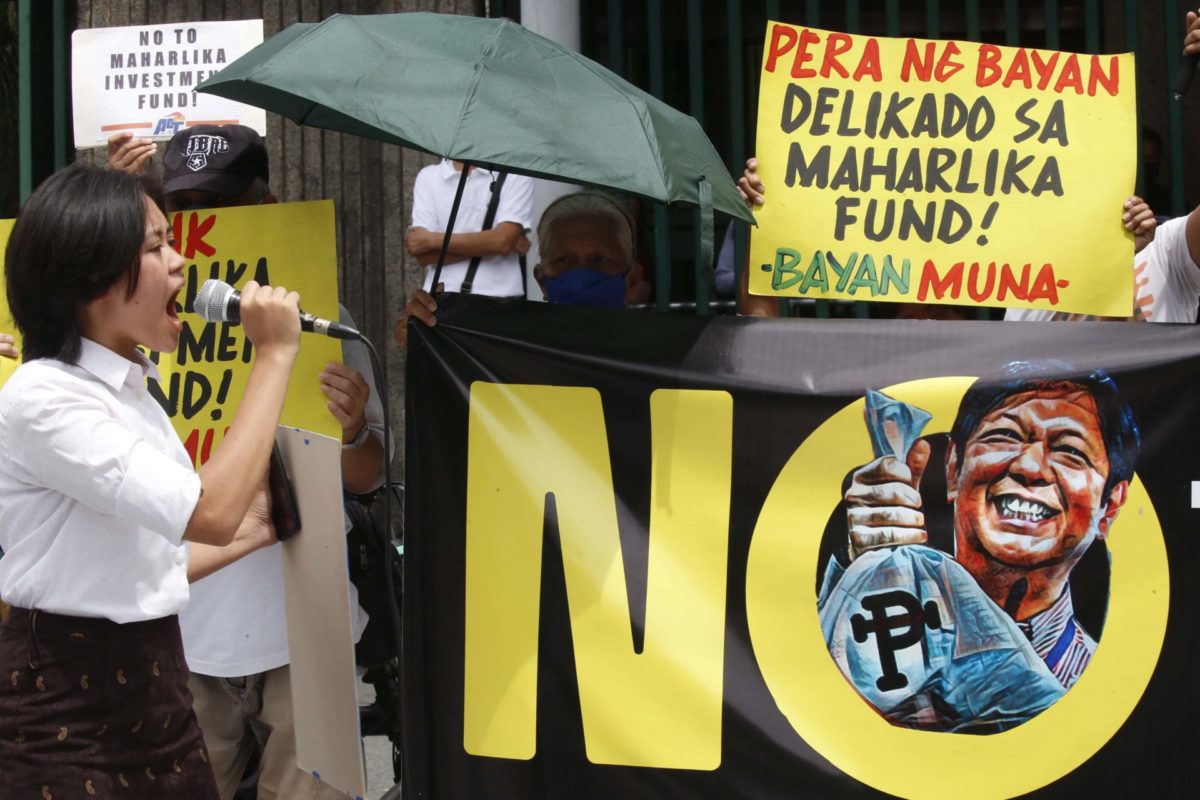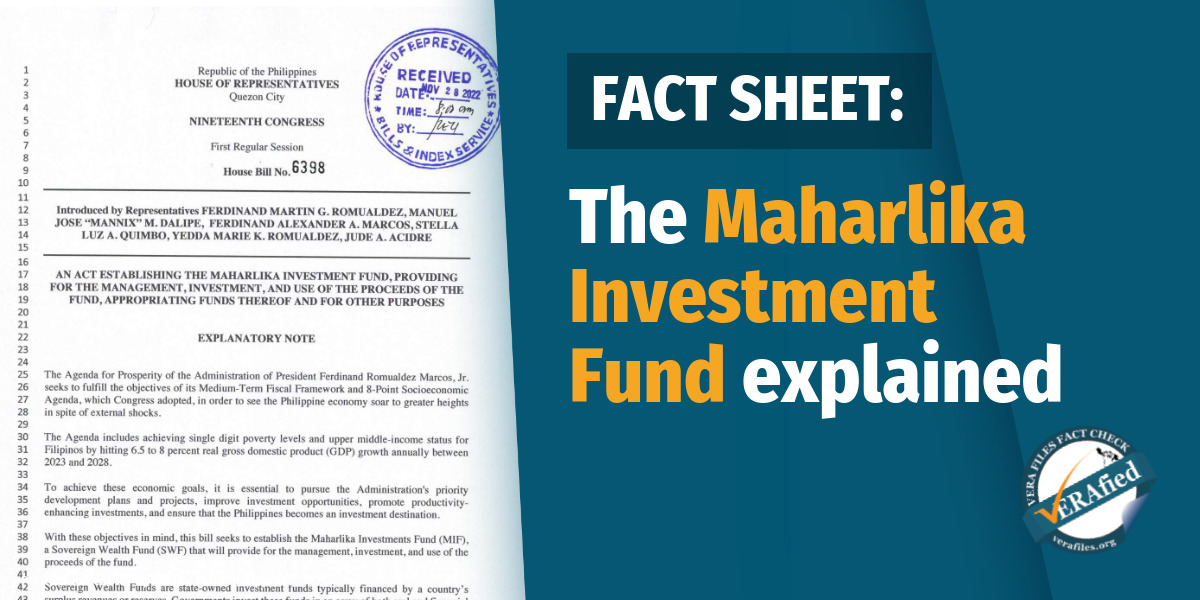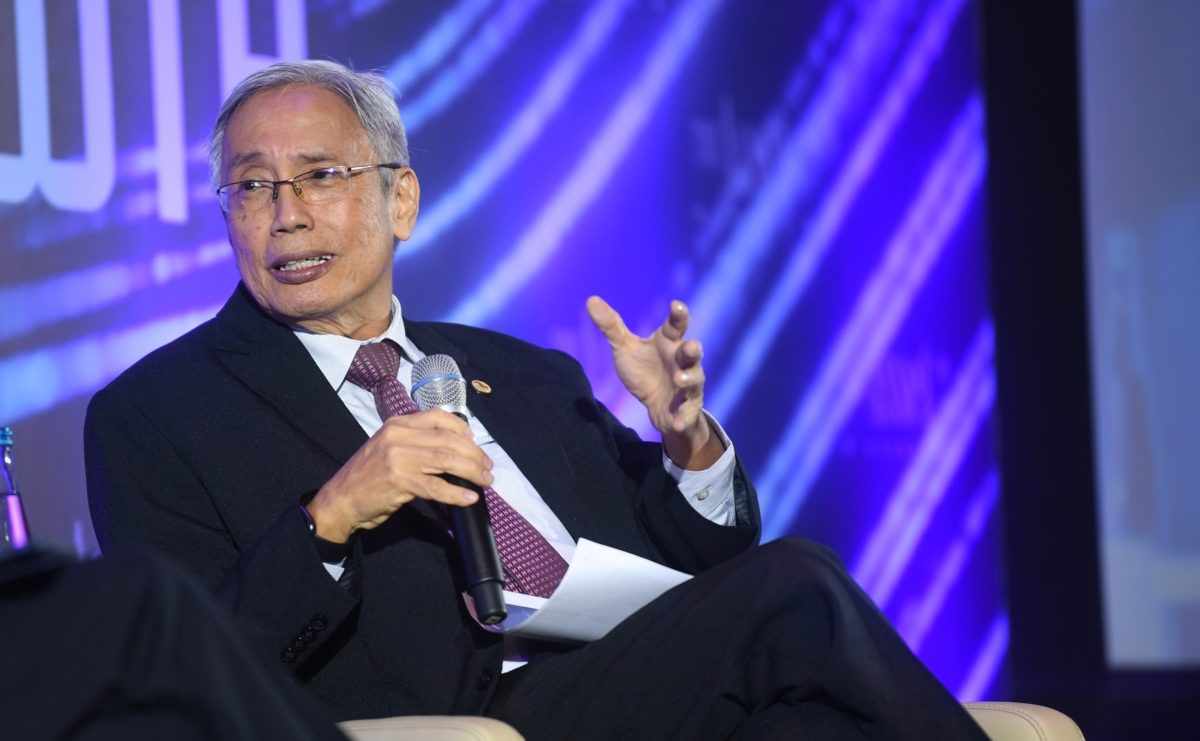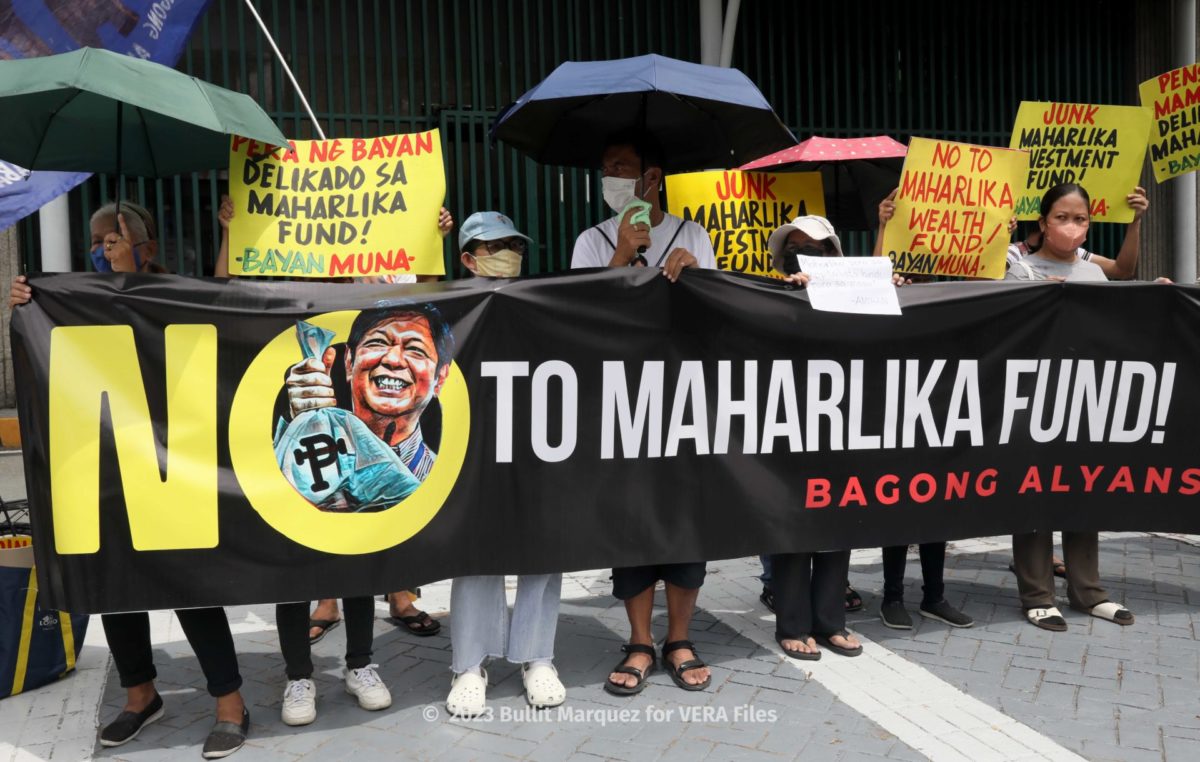Deep into the deadest wee hours at dawn of May 31, while an eternally deceived Filipino nation was trying to sleep, 19 traditional politicians of the Senate voted to approve the controversial Maharlika Investment Fund bill.
Only a week before, the president had certified to them the bill’s urgency. Perhaps we have senators who are scholarly savants capable of comprehensive research by burning the midnight candle in just seven days? None of them are definitely that. They were in fact rushing because Congress was to adjourn sine die by June 2. Sine die – literally “without day” – means Congress adjourns on a certain day without further sessions or hearings. After that they can go tour the world, as is their wont.
What does it cost to vote yes? Probably more pork barrel and then their self-preservation assured, meaning support in the next election with no danger of being abandoned by the cash-rich incumbent party. Chiz Escudero lied on Christian Esguerra’s Facts First. He said a vote of NO, or to abstain or to be absent during the voting, all mean the same.
A vote of NO is a matter of conscience in the interest of the Filipino people (Risa Hontiveros); while abstention (Nancy Binay) or absence during voting (Imee Marcos, Koko Pimentel, and Escudero) do not invite ostracism from the government’s cash dispenser of pork barrel. Their standard 20% share (and even more) stays. It takes only fence sitting.
Did they even think what exact legacy they would leave? They will if they read what the US Army says.
Marcos was fixated with the name Maharlika. After naming a bogus World War II guerilla group Ang Mga Maharlika, he went on to append the name to a television station, a Luzon highway, and a Malacañang Ceremonial Hall when he was dictator. He had even wanted to rename the Philippines as Maharlika.
The US Army’s official pronouncements on Ferdinand Marcos Sr.’s Maharlika were the most scathing ever on his war claims. In fact, it exposed what he did during the war that exactly jives, wittingly perhaps, with his son’s obsession on the Maharlika Investment Fund.
When he applied for war claims, the US Army responded by doing an extensive counter-check of substantiating records and verifying it against the testimonies of war veterans who were on the ground. Their findings are the most unassailable ever of how the dictator twisted facts to rewrite history in his favor, in the name of money.
Of course we all know the truth now of the 32 medals he said he was endowed with. Thanks to the freedom fighter Bonifacio Gillego who wrote about it in the WE Forum in November 1982 that led to the arrest of WE Forum’s editor Jose Burgos and 14 of his editorial staff for – subversion and rebellion. In 1984, the Pentagon responded to a query from Rep. Lane Evans (Democrat, Illinois) and said they found “no official citations for these awards.”
Now that the Senate, tasked by the Constitution to be fiscalizers but did not act as such, had approved the pet bill of the son Marcos, let us review what Maharlika is famous for.
The adjectives that identify the name will not be to the liking of the 23 senators sans Hontiveros. The US Army said Marcos’ Maharlika was fabricated, preposterous, fraudulent, a malicious criminal act for Marcos’s “own personal benefit,” “to suit his own personal motives.” Captain Elbert R. Curtis, chief of the unit branch of the Philippines-Ryukyus Command Headquarters, signed on March 24, 1948 the infamous File 60 of the US Army, now declassified in the US National Archives and Records Administration.
Marcos had used names on his Maharlika roster that were proven to be not of guerillas but of persons who “lived at home, supporting their families with farming or other civilian pursuits.”
But there was a shocking stunner in his war claims that exactly agrees with the fear of many of us on the Maharlika Fund Bill. Marcos solicited funds for a claim that was proven to be false. He was arrested on December 1944 for it. In the name of Maharlika, he tried to “illegally collect money to construct an airfield near Baguio for the purpose of rescuing General Manuel Roxas.” He was only released after Roxas intervened to put him under his custody.
Marcos claimed he was in the Bataan Death March, that his Maharlika unit operated in east Pangasinan, and that his unit was one of the liberators of Manila by crossing the Pasig River. Ray C. Hunt Jr., a former Army captain who directed guerrilla activities in Pangasinan province during the war, said: ”Marcos was never the leader of a large guerrilla organization, no way. Nothing like that could have happened without my knowledge.”
As he read through the records for the first time, including Mr. Marcos’s own description of Maharlika’s wartime activities, Hunt said when interviewed by the New York Times: ”Holy cow! All of this is a complete fabrication. It’s a cock-and-bull story.”
History writing after the Marcoses requires the bravado of fidelity to the truth. That bravado necessarily requires taking sides because the Marcos side writes not from the truth. UP Third World Studies’s researchers exactly see that bigger picture – Joel Ariate, Miguel Paolo Reyes, Judith Camille Rosette, and the country’s leading World War II historian of note Ricardo Trota Jose. We owe them the exposition of File 60 of Marcos’s Maharlika claims.
Economists of various persuasions have spoken on the Maharlika Investment Fund, but we forget the most dishonorable part of the bill: a name that is associated with corrupt money, fraudulence, and self-enrichment. Is it uncanny that many also see the fund itself as cock-and-bull?
Let the name Maharlika be. Because who will have the last laugh? It is we the enlightened Filipino people. And then the world.
The views in this column are those of the author and do not necessarily reflect the views of VERA Files.




